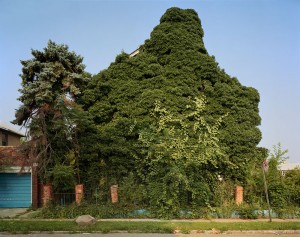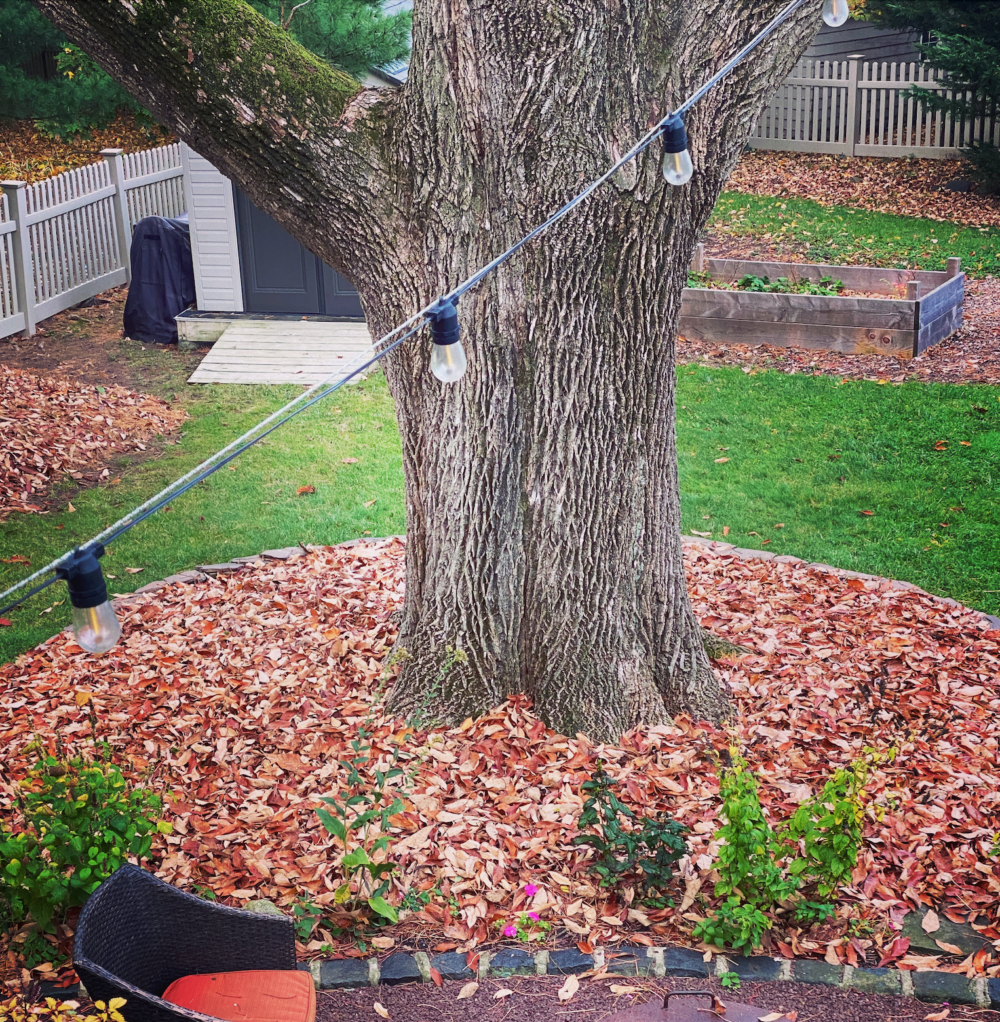We have much more to do and your continued support is needed now more than ever.
Nature: Driving Revitalization in the Motor City and Beyond
During the roaring 20’s, Detroit glittered as a global center of automobile manufacturing. With a population that soared from 285,000 in 1900 to 1.6 million by 1930, it was the fourth largest city in the United States. As more and more Americans clamored for cars, workers flocked to the Motor City seeking the American Dream, dark plumes of “progress” loomed over manufacturing facilities, and art deco skyscrapers dotted the skyline. Today, the population has dipped to just shy of 706,000, about one-third of properties are vacant, and 10,000 homes are slated for demolition in 2013. To add insult to injury, climate change impacts are being felt in the Great Lakes Region. These impacts are not only adversely affecting wildlife, but are also affecting the places where people live: for example, when increased rain events exacerbate stormwater flooding and create sewage back-ups in basements and streets.


In Detroit Disassembled, Andrew Moore’s stunning large-format photographs are a nod to the style of 17th Century paintings, featuring crumbling buildings and streetscapes that are now overtaken by nature. In one over-sized print, an abandoned elementary school is surrounded and swallowed by prairie beneath bucolic blue skies, a stark juxtaposition in a once-booming metropolis. In another photograph, birch trees are growing out of decayed tomes left behind in a former book depository. In another, foliage has literally overtaken a two-story home, covering it in green leaves.
Camilo José Vergara takes more of a retrospective approach in his exhibition, Detroit is No Dry Bones, documenting locations of the city over time, profiling the transition of the former industrial capital. Vergara posits that Detroit’s “ruins” should be preserved, constant reminders of the Detroit’s cultural heritage and the capacity of its residents to survive in the face of adversity. Should modern ruins like the Michigan Theater, a once-grand renaissance-style building that is arguably the most beautiful parking garage in the world (cars are literally parked inside the theater’s shell, perhaps even in the spot where Sammy Davis Jr. met Frank Sinatra), remain as links to the city’s past?
Is there hope to revitalize decaying and declining urban centers, like Detroit, as they struggle to find their new identities? Of course there is, and nature can actually drive that transformation in the Motor City and elsewhere, but it requires us to be urban visionaries.
We need to take an approach that doesn’t exclusively focus on problem-fixing, but envisions the potential of our cities and towns, and recognizes that nature is critical, functional infrastructure and is just as important as buildings and roads. Instead of riding shot-gun, we need to put nature in the driver seat of our cities and towns.
Putting Nature in the Driver’s Seat
We know that nature can survive and thrive in urban areas, while benefiting the humans that live there — we just need to place a premium on our green infrastructure and be smarter about designing spaces to function in this way.
Here are some ideas:
- Establish networks of Certified Wildlife Habitats® that help restore wildlife in cities and suburbs, sequester carbon, reduce the urban heat island effect, and help manage flooding and drought.

Hutchins Cole’s Garden, Rosa Parks Boulevard, Detroit, 1987 Photo © Camilo José Vergara - Create robust urban tree canopies that provide habitat and food for wildlife, improve shade and cooling effects, and manage stormwater flooding (and reduce the urban heat island effect and air conditioning, thereby lowering GHG emissions associated with building energy use!). Climate science should inform trees species selection so that trees can survive in a changing climate.
- Transform vacant properties into wildlife gardens that grow local food, support wildlife, and provide ways for children to connect with nature.
- Restore urban streams and waterways to provide habitat for wildlife and recreation opportunities for residents. Of course, restoration projects should be designed to be “climate-smart,” meaning they can adapt to climate impacts over time.
- Enact local policies and plans that require wildlife-friendly, nature-based approaches to prepare for the impacts of climate change.
These ideas are not only relevant for communities that are re-developing and re-defining themselves due to economic downturns. Some of the same approaches can be taken in communities that are re-building and recovering from natural disasters, like those communities affected by Superstorm Sandy.
These are just a handful of ideas — learn more about climate-smart communities.
What are your ideas to make natural an integral part of our cities?
Detroit Disassembled and Detroit is No Dry Bones can be seen at the National Building Museum in Washington, DC, through 17 March 2013.




















